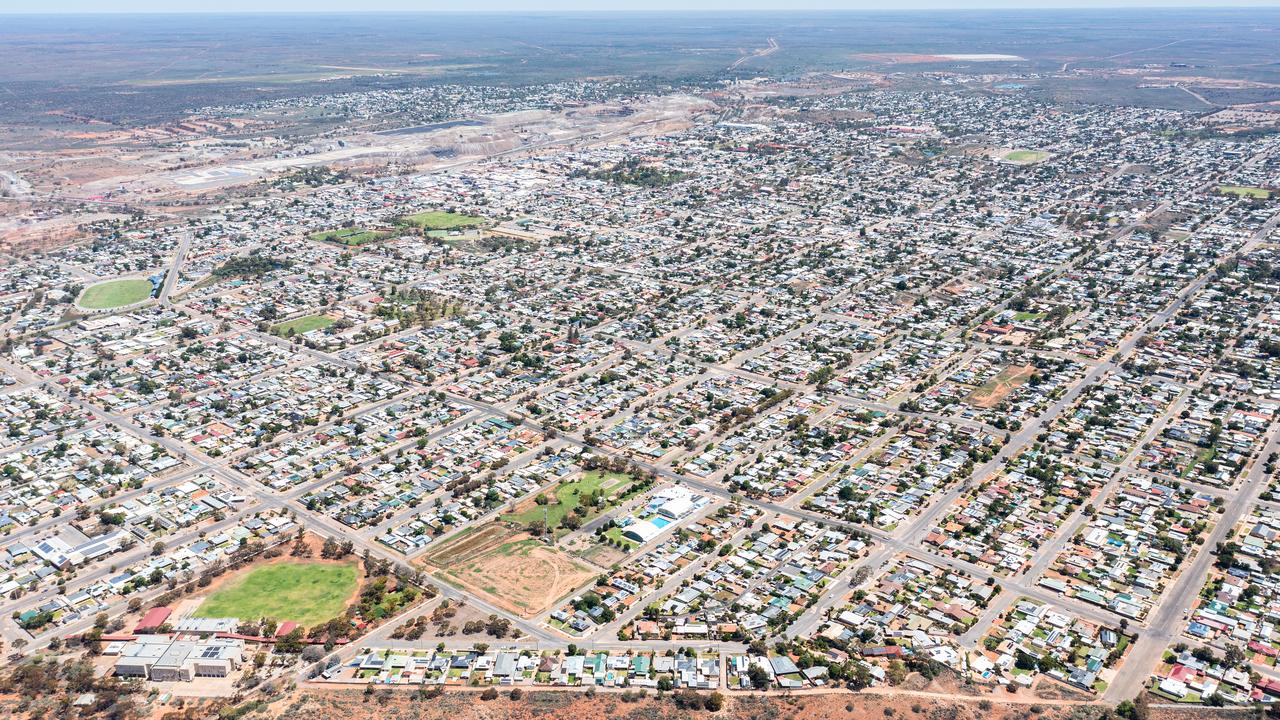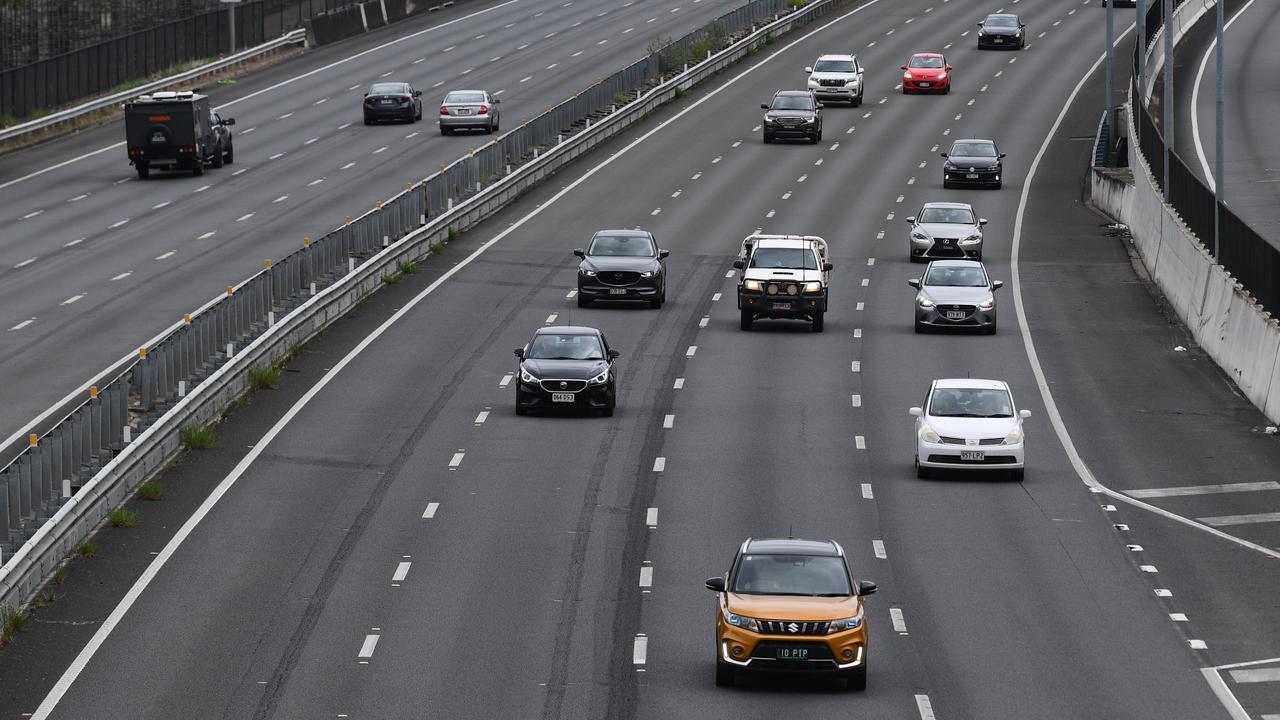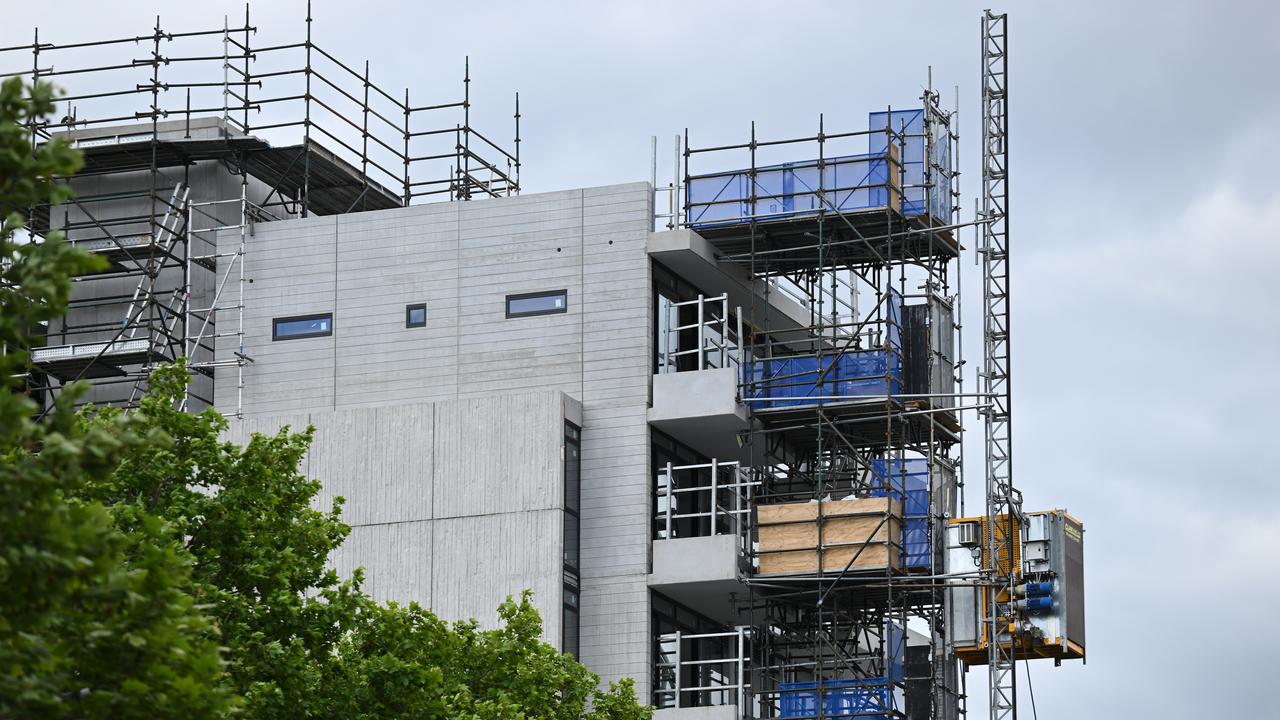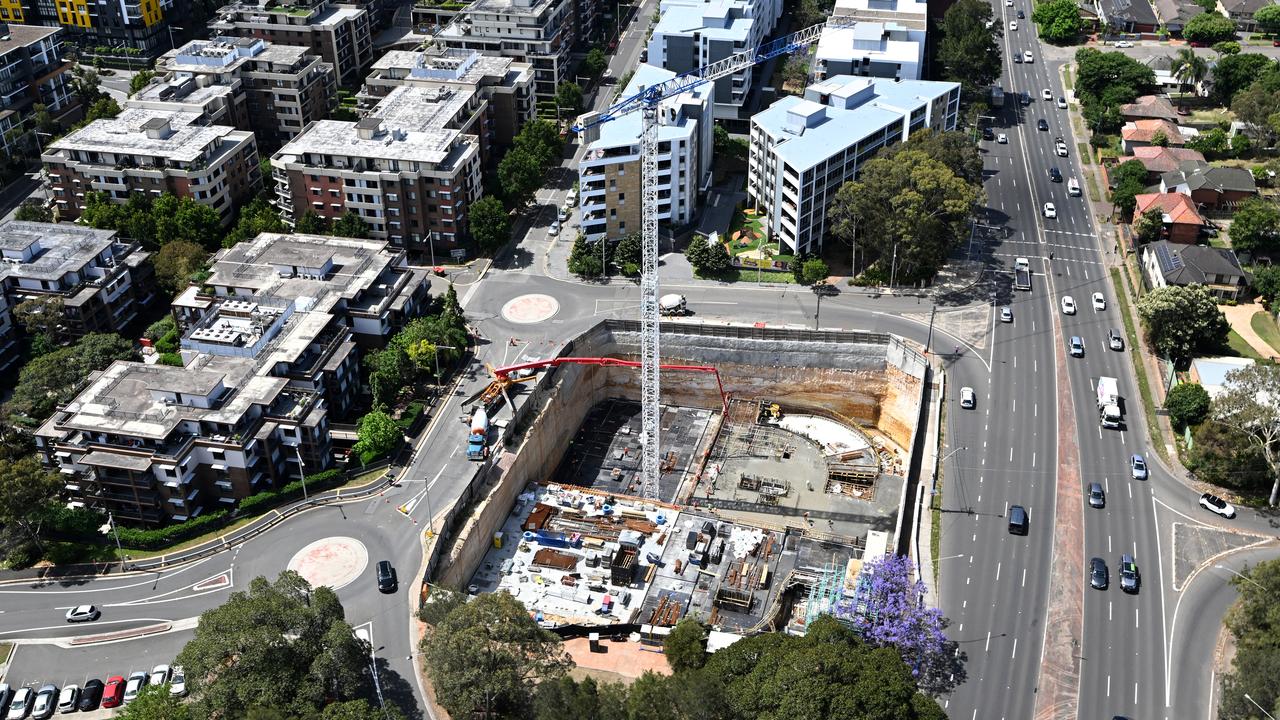With this one simple trick, Australia’s housing supply shortfall could quickly be reduced by an estimated 82,000 homes.
That’s the amount of dwellings that developers are ready to start building in urban growth areas but can’t because of a lack of sewers, roads and other enabling infrastructure, according to a report released by a group of outer suburban councils on Wednesday.
The 29 councils – mostly from outer Sydney, Melbourne and Perth – that form the National Growth Areas Alliance make up just five per cent of all local government areas in Australia.
But they are on track to deliver more than a quarter of the national target of 1.2 million new homes by 2029.

Alliance chief executive Bronwen Clark called on state and federal governments to boost infrastructure funding for greenfield developments rather than focusing solely on densifying inner-city areas.
“The land is ready, council approvals are complete, and the developers are waiting, but without basics like roads and sewers, the houses go unbuilt,” she said.
The sector has also flagged significant blockages for new projects.
A 2024 Urban Development Institute of Australia report showed one-third of dwellings in the housing pipeline required at least one form of enabling infrastructure to break ground.
Housing expert Peter Tulip, chief economist at think tank the Centre for Independent Studies, said it’s an issue he often hears in talks with developers and local councillors.
“It’s an obvious and easy way for the federal government to do something to boost supply,” he told AAP.
“With the housing crisis, most of the levers are in the hands of the state governments, but infrastructure spending is one place that Canberra can help. And the pay-off seems to be enormous.”

Compared with federal social and affordable housing incentives, which yield about one new dwelling per $300,000 to $500,000 of taxpayer money spent, funding local roads or sewerage works tends to deliver a new home per $10,000 to $20,000 spent, Dr Tulip said.
“The private sector is busting to provide more housing but in many cases, particularly when you’re talking about greenfields development in the outer suburbs, what’s stopping them is a relatively modest spending on enabling infrastructure.”
Dr Tulip said the coalition’s promise, under former Liberal leader Peter Dutton, to put $5 billion towards enabling infrastructure was one of the most cost-effective policy proposals during the last federal election campaign.
Terresa Lynes, mayor of the City of Gosnells in Perth’s southwest suburbs and chair of the alliance, said the lives of residents in rapidly growing communities were already being impacted by underfunding of infrastructure.
“We’re seeing entire estates without connected sewerage and insufficient water,” she said.
“It’s concerning that in 2025 this is what governments are expecting people to accept as their lot.”
Amid a shortage of supply, housing affordability has sunk to record lows, with Australia’s median dwelling price surging to $872,500 or 8.2 times the median income, according to property analytics firm Cotality.

AMP chief economist Shane Oliver estimates Australia’s housing supply shortfall has grown to 200,000 to 300,000 homes as a result of surging immigration and lagging building approvals.
He recommended four key things to fix affordability including cutting immigration from more than 300,000 to about 200,000 per year.
Australia should also relax zoning rules, cut red tape and encourage faster modular construction to build more homes; decentralise to the regions; and pursue tax reform, notably replacing stamp duty with land tax and reducing the capital gains tax discount, he said.
Australian Associated Press is the beating heart of Australian news. AAP is Australia’s only independent national newswire and has been delivering accurate, reliable and fast news content to the media industry, government and corporate sector for 85 years. We keep Australia informed.





